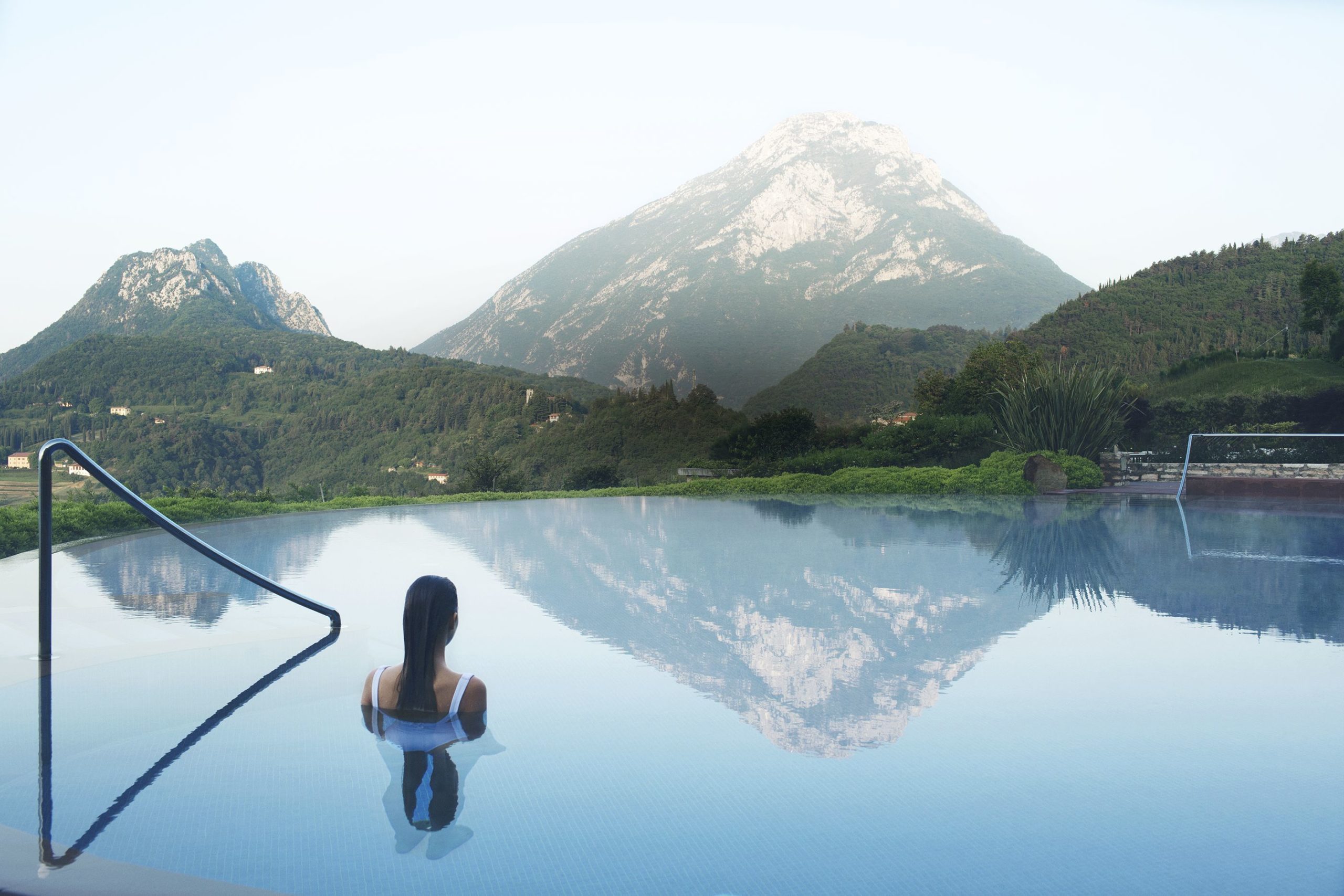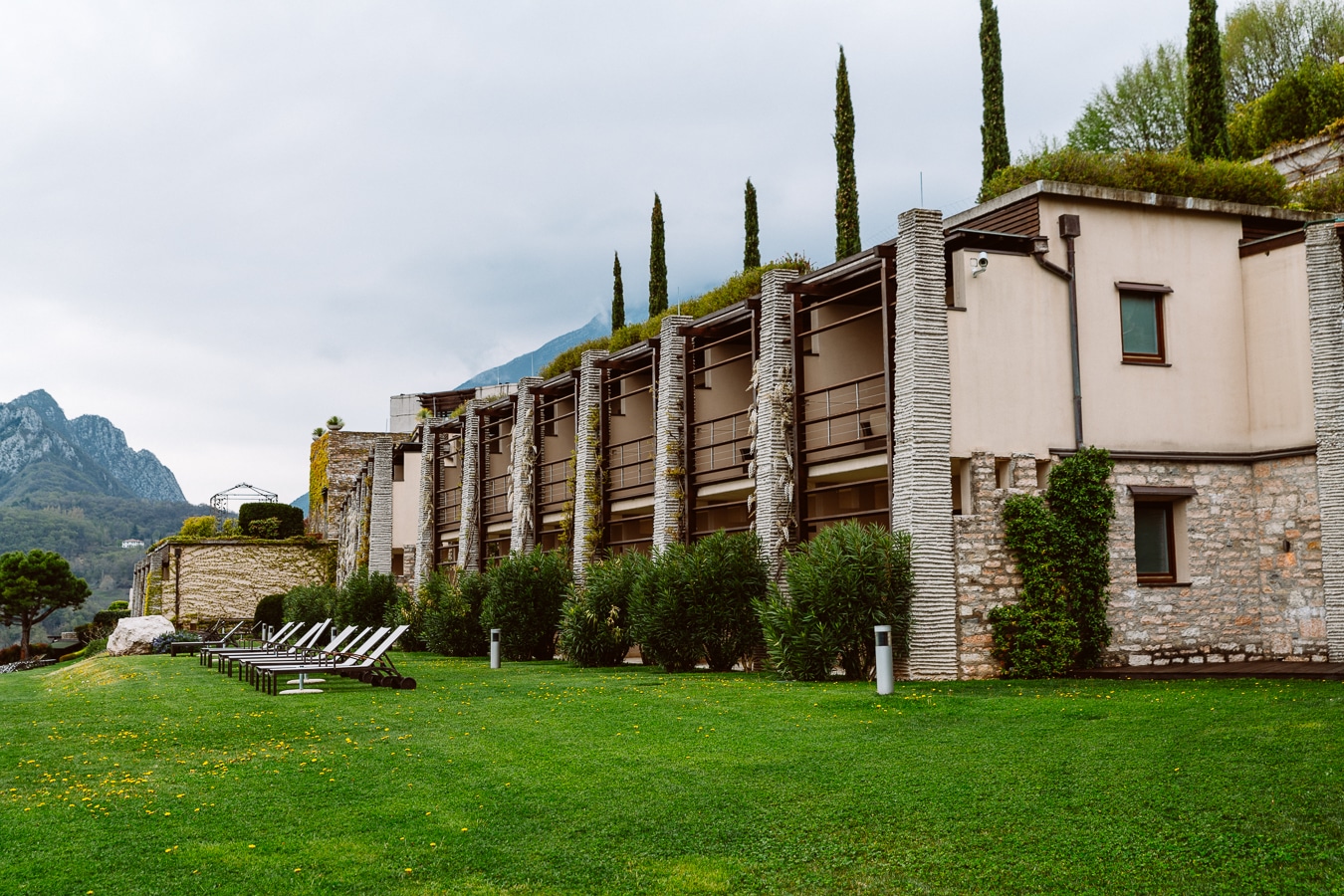
[Photo by Chris Howe]
How Lefay Resort & SPA promotes personal and environmental well-being
After achieving worldwide acclaim for their regional airline Air Dolomiti in 2006, Italian entrepreneurs Alcide and Liliana Leali had an ambitious idea: create a vacation utopia that redefines luxury while combining design excellence and personal well-being with social and environmental responsibility. The result was Lefay Resort & SPA—an eco-resort with a low impact on the environment and respect for local traditions and nature.
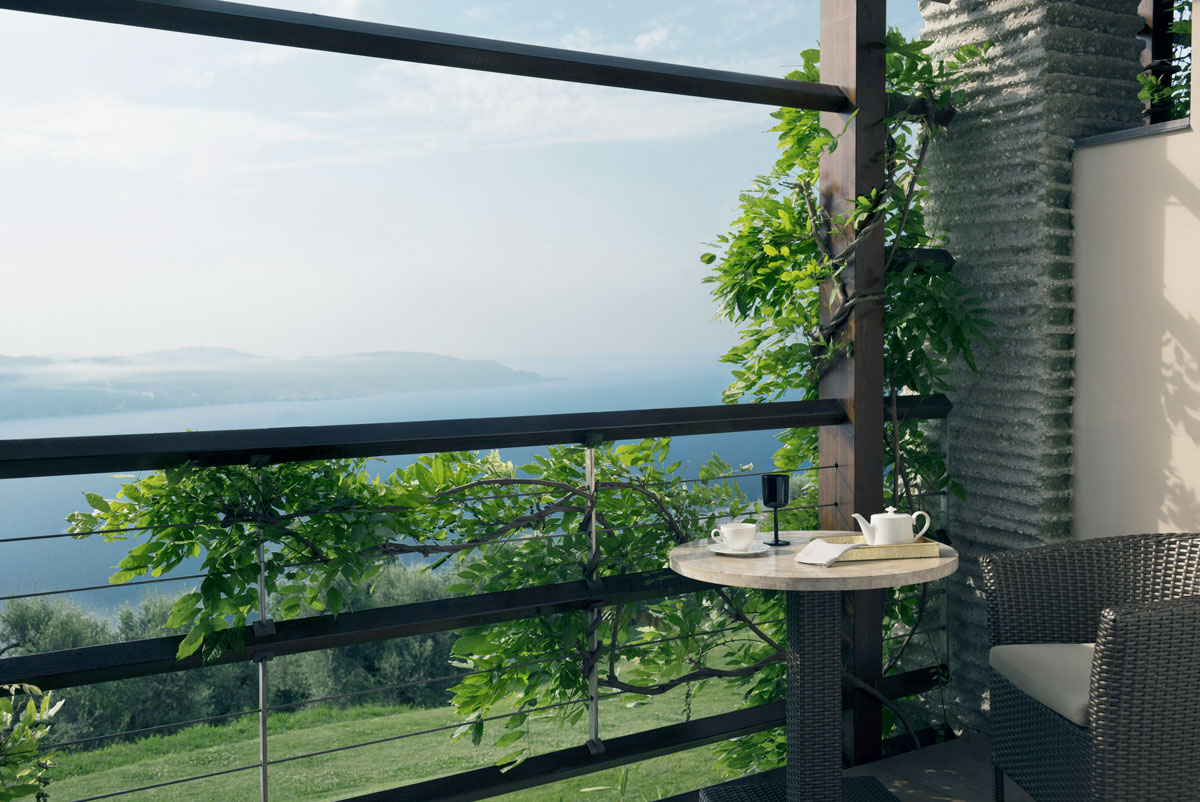
[Photo courtesy of Lefay Resort & Spa]
Architect Hugo Demetz said the project had to be consistent with the concepts of new luxury (space, nature, silence, discretion instead of opulence, abundance, and heaviness), global well-being (wide spaces, harmony, daylight, use of natural materials), and respect for the environment (architectural integration, local materials, and energy efficiency). These values plus cutting-edge technologies and renewable energy resources made Lefay a pioneering sustainable business model since opening in 2008. Three years later the facility became the first wellness facility in Italy to sign a voluntary agreement with the Italian Ministry of the Environment for promoting joint projects aimed at CO2 analysis and neutralization. Lefay Resort has been recognized as one of the world’s best spas and, in 2011, It became the first hotel in southern Europe to obtain the Green Globe environmental certification.
The award-winning resort takes a holistic approach to human and environmental well-being in the Italian style, from appreciating the Mediterranean diet to choices in interior design. The spa itself blends classical Chinese medicine with Western scientific research to achieve the best psychophysiological balance. The 3,000-square-meter spa facility within the resort offers six types of saunas, indoor and outdoor swimming pools, a saltwater lake, fitness center, and more than 20 treatment areas that even extend into the surrounding park for outside activities. The numbers in guest and staff satisfaction validates the success of the founders’ idea. Overall guest satisfaction has remained high, at 95% since 2013.
Landscape & Locale

[Photo courtesy of Lefay Resort & Spa]
Lefay Resort is home to plenty of rare flora and fauna on 11 acres in Alto Garda National Park. Olive trees, lemon groves, oak forests, and pine woods make the landscape unique, and individual two-story buildings blend seamlessly into the countryside to minimize the resort’s visual impact.
Some inspiration came from limonaie, or the traditional type of construction you see in the Upper Garda region that’s used for cultivating lemons. “Lemon houses” were protected in winter by hothouses made of wood around a framework of stone pillars. Similar to these historic structures, the resort’s buildings settle into the hillside with south-facing facades, which also reduce heat loss and energy consumption. The large walls have a high thermal insulation against cold winters and produce passive solar energy. Silent radiant systems in the floor and ceiling of rooms and common areas ensure maximum comfort.
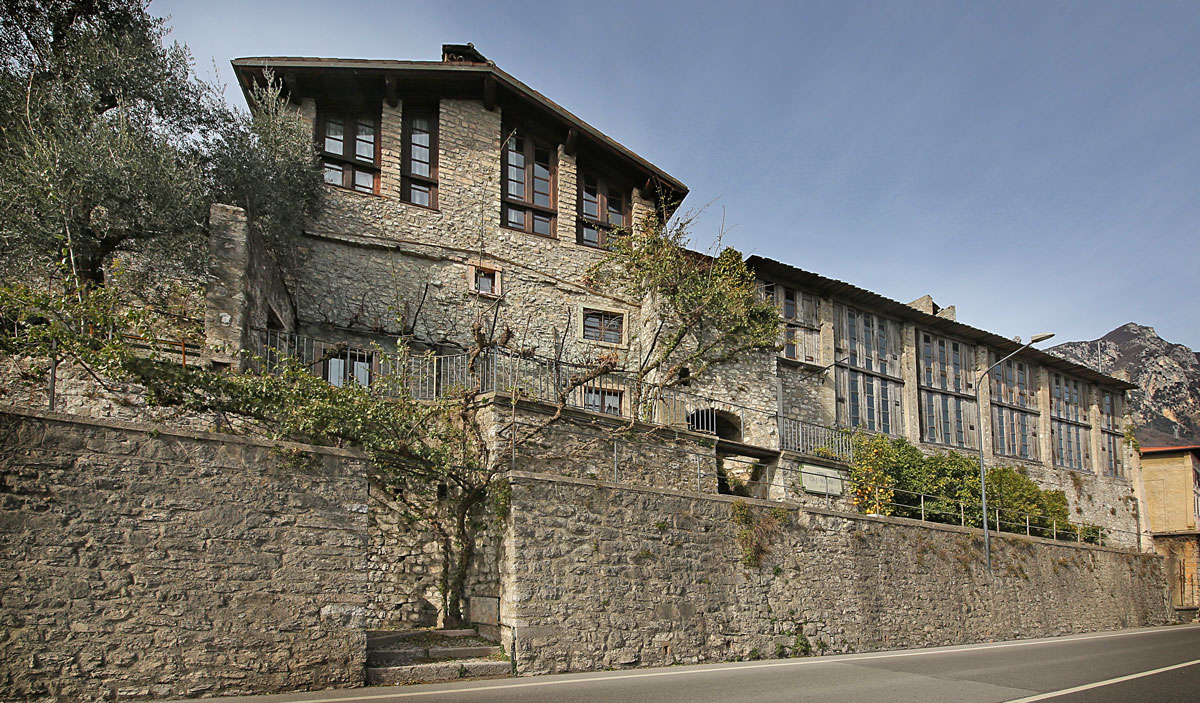
[Photo courtesy of Lefay Resort & Spa]
Appreciating the local landscape extends to the building’s interior design, which features carefully selected natural materials—many of them from the local area. Olive wood for the guest rooms’ parquet flooring, Italian walnut for furniture, red travertine for the main floor, and Red Verona marble in the bathrooms celebrate local materials with minimum negative impact.
Energy-Efficient Technology
The resort’s owners take pride in offering high-quality services while also significantly reducing energy consumption. For instance, thermal energy consumption has dropped from 175 MWh in 2013 to 127 MWh in 2017 and, thanks to the facility’s renewable resources, CO2 emissions have been reduced by 1130 tonnes per year.
The highly efficient system relies on a power plant behind the resort that contains some of the most modern systems for producing electricity, heat, and air conditioning using renewable energy sources. This includes a biomass system, a microturbine CHP plant, and an absorption cooling plant. Using local wood, the biomass system provides 70% of the facility’s heating needs.
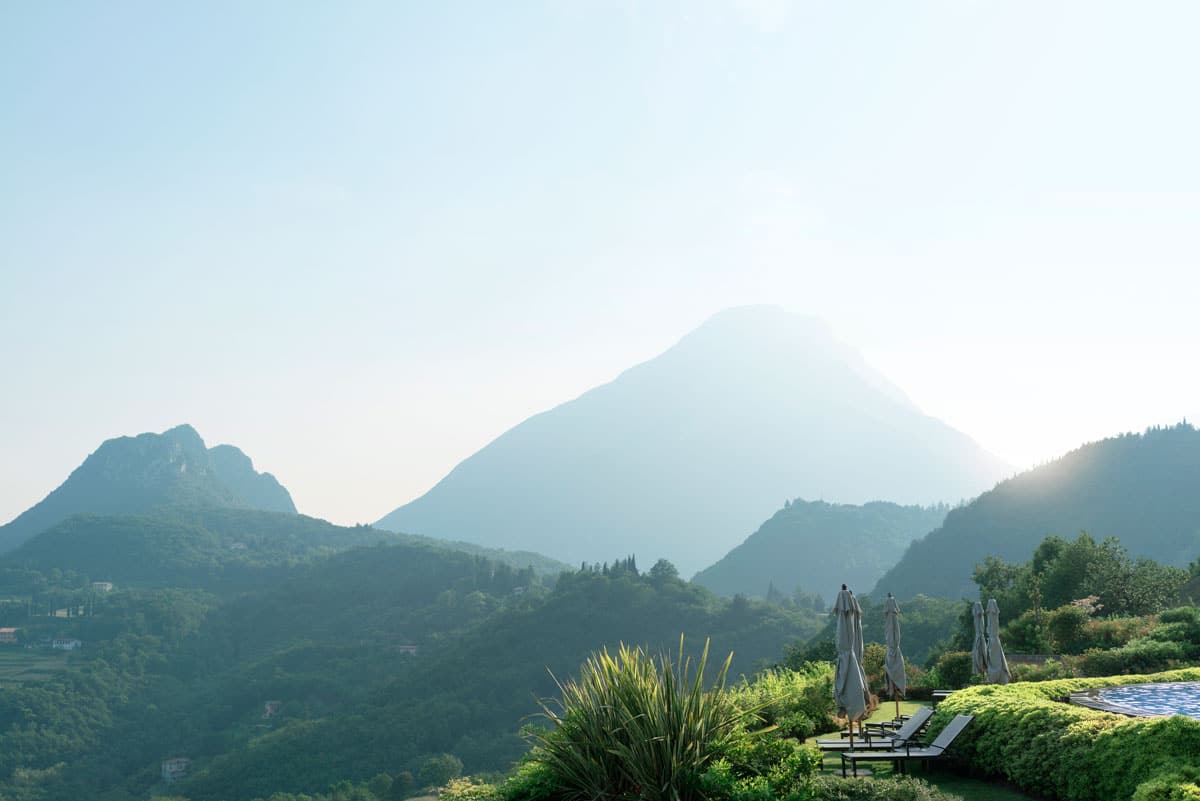
[Photo courtesy of Lefay Resort & Spa]
While the microturbine is used for both electricity and heat, the structure’s absorption cooling plant produces 75% of its cooling needs. It generates cooling using the exchange heat from the microturbines and biomass boiler, making it one of the few examples in Italy in which a single source produces electricity, heating, and cooling. As a result of these advanced technologies, electric consumption was reduced by 1% in 2017, even despite the increase in guests compared to the previous year. Thermal energy for heating, cooling, and hot water was reduced by 8%.
Water shortages during the hot summer months have been a primary concern for local authorities in Riviera dei Limoni. The resort helps to reduce water consumption by dedicating a rainwater collection tank for irrigation purposes, using toilet flushing systems and bathtubs that reduce consumption by 50%, and using a water refilling system for swimming pools based on capacity.
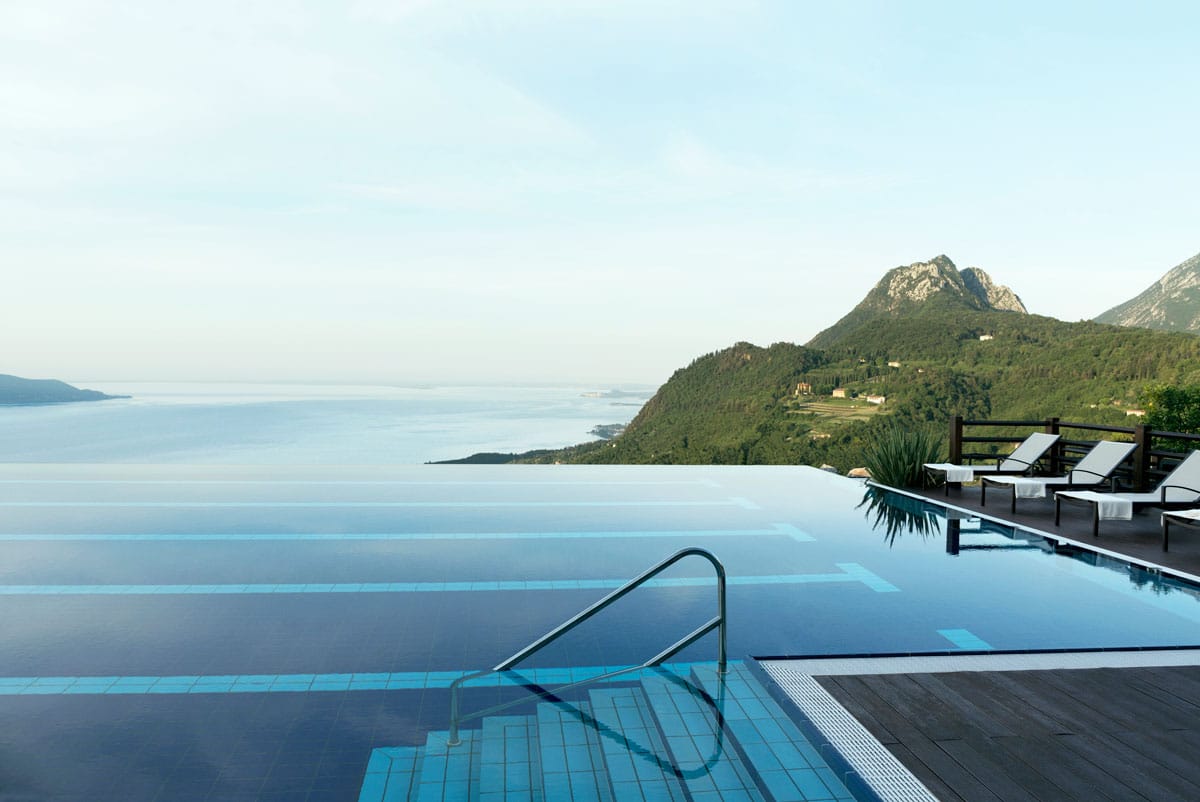
[Photo courtesy of Lefay Resort & Spa]
Carbon Neutral
Lefay Resort & SPA has been carbon neutral since 2013. Per its volunteer agreement in 2011, the building calculates its carbon footprint each year by monitoring its direct and indirect CO2 emissions. The results are offset by purchasing CER credits to reduce CO2 emissions in Italy and developing countries. In 2017 the facility was 100% carbon neutral.
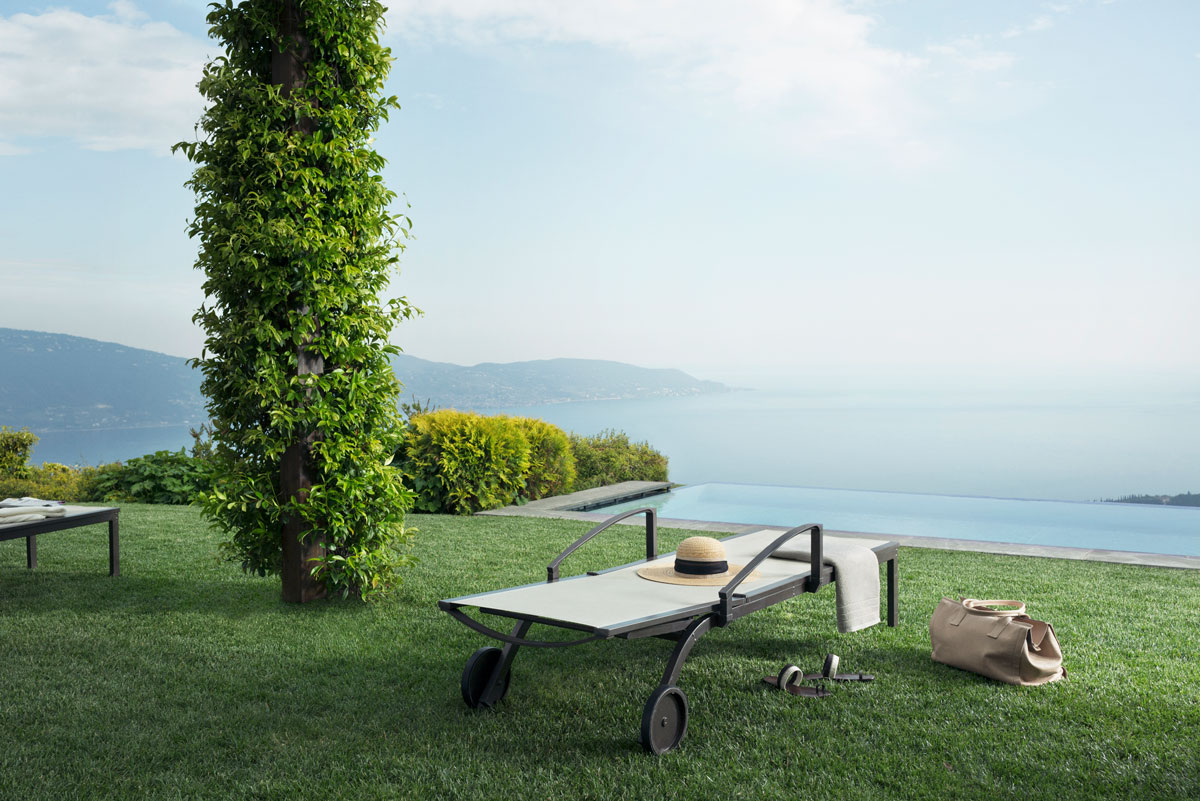
[Photo courtesy of Lefay Resort & Spa]
Additional reporting by Mina Kalkatechi

